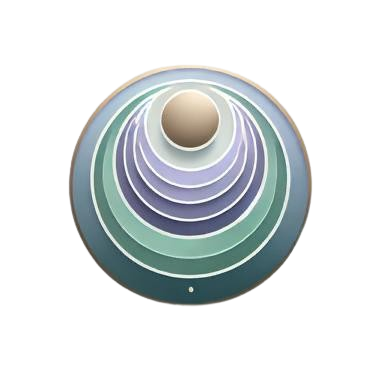If my previous newsletters haven’t already convinced you how magical our bodies are, this month’s topic is going to blow your mind.
For October, I’m taking a deep dive Into a fascinating discovery – a modality that helps rewire the brain, improve balance, and increase mobility.
If you’ve ever struggled with dizziness, blurred vision, or lightheadedness that worsens when you move your head, get ready to meet your new best friend: the Vestibulo-Ocular Reflex – or VOR for short.
VOR is a fancy name for a simple yet remarkable action: moving your head while keeping your eyes focussed on one point or inversely, keeping your eyes still while your head moves. Don’t let the simplicity fool you – this reflex is deeply powerful, and has countless applications in our world.
A Little History
The story of VOR begins back in the 17- 1800s, when scientists started experimenting with pigeons to understand how the inner ear and eyes coordinate movement. They discovered that when the inner ear was disrupted, the eyes could no longer stabilize properly – proving that these systems were linked.
Fast forward to the early 1900s: scientist Robert Bárány took this research further. He discovered that immersing a person’s ear in cold water caused their eyes to move – revealing that the ear communicates directly with the eyes! He received the Nobel Prize in 1914 for this groundbreaking discovery.
Today thanks to advanced imaging, we now know that this reflex happens in milliseconds – far too fast for conscious control. It’s one of the most beautiful examples of how brilliantly our body and brain are wired together
From Medicine to Space Robotics
VOR plays a vital role in many fields:
- Neurology & Vestibular Rehab: Used by doctors to assess brain function and detect damage based on eye reflexes – which certainly makes my annual neurology appointment much more understandable.
- Aviation & Space Medicine: NASA and military pilots study VOR because zero gravity and rapid head movements can disrupt balance.
- Physical Therapy: VOR exercises retrain the brain after injury or imbalance.
- Neuroscience & Robotics: The same reflex that stabilizes your vision is used to design image-stabilizing algorithms, in robots and cameras (Yes – our human reflexes are teaching robots how to see better).
The VOR isn’t just a quirky reflex; it’s living proof of how tightly our body, brain and perception are woven together.
Why I’m Excited About This
As someone living with multiple sclerosis, balance has always been one of my biggest challenges. For years, I believed it could only improve through balance-based exercises – which are ironically, very difficult to do when balance is the issue.
Then I discovered VOR… and everything changed.
By simply moving my head in the opposite direction of my gaze, I began improving my stability in a way I never experienced before, so simple yet so revolutionary.
I first learned about it through the MS gym, an online platform dedicated to retraining the brain and body to counter MS challenges. The gym offers daily VOR sessions, which I now do several times a day.
I also asked ChatGPT (my helpful sidekick, Astra) for more exercises – which I’ve printed and taped to my wall to practice throughout my workday.
Try It Yourself
If you’re curious, here’s how to begin:
- Relax first. Take a few breaths to calm your nervous system – this ensures your body stays in a healing state.
- Pick a point in front of you (I use the thumbtack that holds up the sheet I’m reading from).
- Move your head slowly right and left while keeping your eyes fixed on that point, repeat 10 times.
- Then move your head up and down 10 times.
- Lastly, do a diagonal movement, moving your head down right and up left 5 times, followed by down left and up right 5 times.
- Finish with rapid blinking followed by breathing while covering your eyes.
Repeat these a few times a day. They’re simple, effortless, and can measurably improve balance and coordination.
Our bodies are truly magical – wired for healing, adaptation, and balance in ways we’re only beginning to understand.
My hope is this inspires you to look at your body not as something that needs fixing, but as a masterpiece of design that’s constantly adapting and learning. Every little movement you make is a conversation between your brain and your body – and you’re the one guiding that dialogue.
Thank you for reading.


